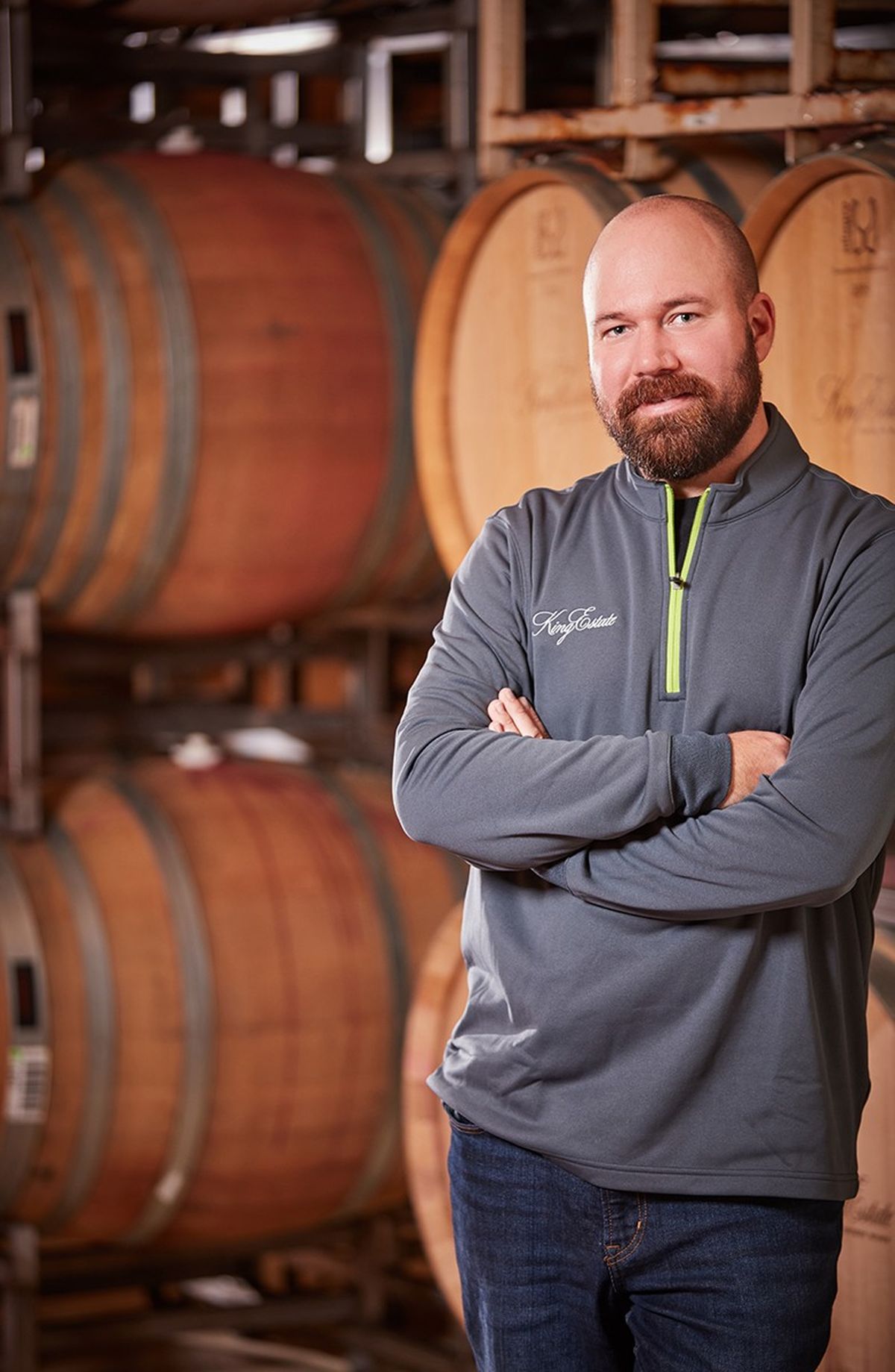Great Northwest Wine: Sauvignon blanc offers summertime refreshment

With the temperature soaring into triple digits in some parts of the Pacific Northwest, the time seems right to think of racy and refreshing sauvignon blanc.
Research via DNA testing proved that sauvignon blanc, a white grape, and cabernet franc cross-pollinated to produce cabernet sauvignon in the Bordeaux region of France in the 1600s.
And while France’s Loire Valley is an Old World point of reference for sauvignon blanc, New Zealand producers – particularly in the Marlborough region – continue to burnish their reputation for distinctive sauvignon blanc that have placed the variety on many U.S. dining tables.
There are different camps when it comes to fandom for sauvignon blanc, but a common ground is the appreciation for the baseline of brisk acidity akin to a slice of juicy Key lime.
Depending upon the region, vineyard practices and winemaking approach, descriptors can range from gooseberry, grassiness, tropical or orchard fruit and fresh-cut asparagus.
It also is not uncommon to pick up aromas of cat pee, which often prompt fans – or critics – of this style to write “tomcat” or broadcast a “Meow!” when coming across that hint.
Other attractive features are those of minerality or flint, which often are associated with Sancerre and Pouilly-Fumé regions in the Loire.
However, similar notes also can pop up in the background of sauvignon blanc grown in Washington’s Horse Heaven Hills, the Ancient Lakes of Columbia Valley, Southern Oregon and British Columbia’s Okanagan Valley.
For much of the 20th century, many American consumers only associated sauvignon blanc with cloyingly sweet wines. That is why the late famed Napa Valley vintner Robert Mondavi began to refer to his dry examples as fumé blanc.
Mondavi also devoted those bottlings of sauvignon blanc to oak-barrel aging, so when shoppers see fumé on the label, they might expect some wood influence – and perhaps a touch of gunflint – in those wines.
Below are examples of sauvignon blanc that earned a gold medal this summer at the Cascadia International Wine Competition.
Typically, sauvignon blanc is a crunchy, lower-alcohol drink and ideal alongside grilled chicken, sushi or poached white fish, fried foods, chickpeas, lentils or green vegetables.
We also have included a review for sèmillon, a lemony white French variety that sauvignon blanc is blended with to create dry table wines often referred to as white bordeaux.
Three of Cups 2019 Stillwater Creek Vineyard Le Voeu Sauvignon Blanc, Columbia Valley, $18: This Woodinville producer offers a real crowdpleaser, which is not surprising considering that the “three of cup” tarot card symbolizes friendship, joy and abundance.
Their sauvignon blanc invites happy thoughts with aromas that hint at sugared passionfruit, apricot flowers and fluffy animal clouds. It is medium bodied with a pleasant broad palate as the foundation for the lemon meringue pie flavors; lemon curd, crust and toasted meringue. A smile in a glass.
King Estate Winery 2018 Sauvignon Blanc, Oregon, $19: One of the King family’s first winemakers was New Zealand import Ray Walsh. The latest to follow in the Kiwi’s footsteps at King Estate is Brent Stone, a product of Washington State University’s winemaking program.
Indeed, while this property bills itself as “The King of Pinot,” this sauvignon blanc shows the continued versatility of the portfolio. Aromas of honeysuckle, grapefruit and white peach lead into crisp acidity, minerality and follow-up flavors of yellow grapefruit, barely ripe white peach and wet stone.
Wild Goose Vineyards & Winery 2019 Sauvignon Blanc, Okanagan Falls $20: Third-generation winemaker Nikolas Kruger used grapes from the newly established Okanagan Falls appellation to produce this gem.
The aromas and palate are loaded with passionfruit, green apple, a hint of gooseberry and a touch of lemon. Its bright acidity contributes to a rich body and a long, crisp finish that would pair nicely with seafood, chicken or pork.
Two Bad Labs Vineyard 2019 Fumé Blanc, Lewis-Clark Valley, $19: Paul and Heidi Sullivan in Lewiston pay homage to Mondavi with sauvignon blanc, and it is a delight from the get-go.
Barrel fermented and aged, it is loaded with tropical fruits, gooseberry, sweet melon and sexy spices from the six months in neutral oak barrels. This is a very full-bodied wine with wonderful acidity and a smooth finish attributed in part to the barrel influence. It begs for another sip.
Two Bad Labs Vineyard 2019 Sèmillon, Lewis-Clark Valley, $20: This surprise begins with a couple that started a vineyard in the historic Lewis-Clark Valley in 2012 after falling in love with the area two decades earlier. They also love rascally canines.
The Sullivans’ sèmillon starts with a honey and melon nose and then leads into fresh fig, guava and crunchy pear dipped in caramel. The texture is rich with a medium density. A pleasant wine for a sunny day.
Eric Degerman operates Great Northwest Wine. Learn more about wine at greatnorthwestwine.com.